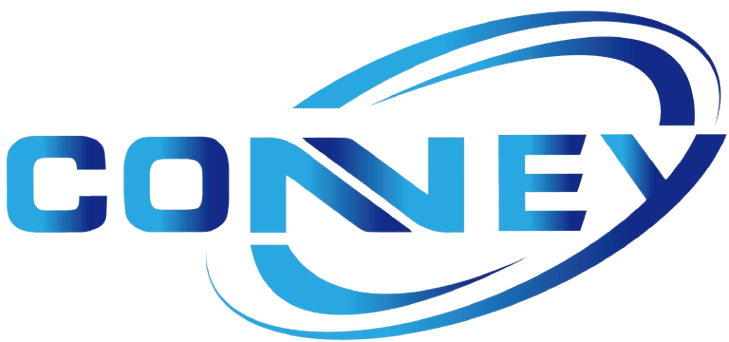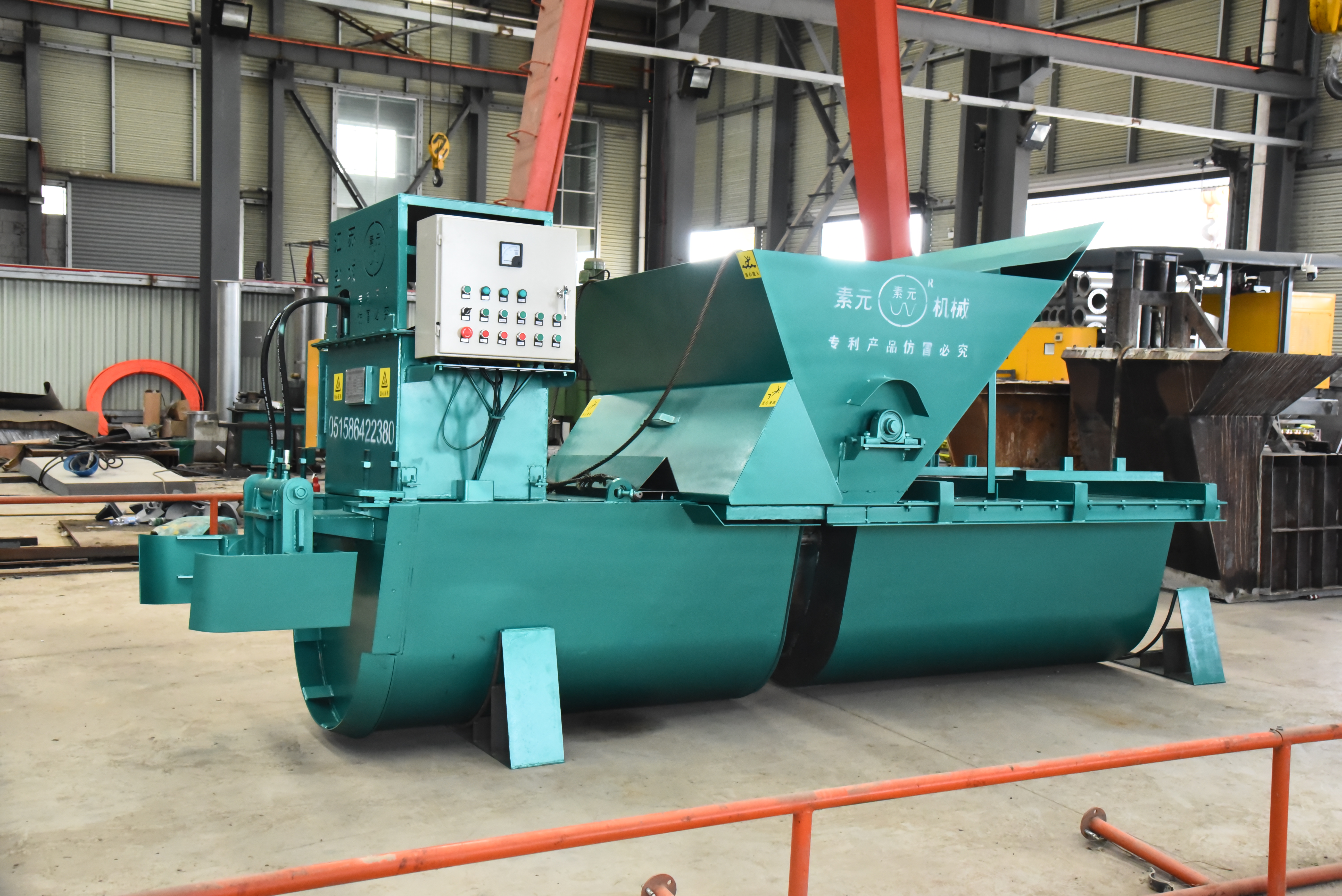Assessing Site-Specific Geotechnical Challenges and Soil Conditions for U-Shape Ditch Lining Machine Application
The Impact of Unpredictable Subsurface Conditions on Foundation Design
Foundation design depends heavily on understanding soil heterogeneity, as inconsistent layers or abrupt rock formations increase the risk of differential settlement. Alternating clay and sand strata, for instance, can vary load-bearing capacity by up to 40%, requiring adaptive engineering solutions to prevent structural failures.
Site Investigations and Geotechnical Analysis for Accurate Risk Assessment
Comprehensive site investigations—using borehole drilling, cone penetration testing, and geophysical surveys—are essential to identify hazards like liquefaction or expansive soils. Projects that incorporate 3D subsurface modeling reduce cost overruns by 22% by detecting unstable zones early in planning.
Dealing with Weak or Unstable Soils in Critical Infrastructure Projects
In coastal and floodplain regions, weak soils demand stabilization techniques such as:
- Soil cement mixing to improve shear strength
- Vertical drains for faster consolidation
- Geogrid reinforcement to resist lateral spreading
These methods enhance long-term performance of critical structures like bridges and dams.
Integrating Geotechnical Data into Early-Stage Custom Solution Design
Using soil resistivity, bearing capacity, and groundwater data during conceptual design reduces redesign cycles. A 2023 case study found that projects leveraging integrated data platforms achieved 30% faster approval timelines by aligning structural plans with actual subsurface conditions.
Managing Groundwater and Erosion with the U Shape Ditch Lining Machine
Groundwater Control Strategies in High-Moisture and Coastal Environments
When dealing with those wet spots along coastlines or in flood-prone regions, keeping groundwater from seeping into foundations becomes really important for structural safety. The U Shape Ditch Lining Machine does this job pretty well by laying down these special HDPE membranes that stop water from getting through. These membranes create tight seals that keep soils from getting soaked. A recent look at coastal infrastructure from 2023 showed that when using these automated systems instead of old fashioned hand methods, there was about a 45% drop in water getting into the ground. That makes a real difference in places where the ground is already shaky and at risk.
How the U Shape Ditch Lining Machine Enhances Slope Stability and Prevents Erosion
According to a study published last year by Ponemon Institute, slope failures end up costing the construction sector around $740 million every single year just for fixing the damage. The new system fights against erosion by placing these special composite materials deep into the ground where they stay taut even on rough landscapes. These materials actually stand up pretty well against those powerful forces created when rainwater flows down hillsides. What makes this technology so useful is that it can handle slopes going all the way up to 45 degrees angle, which means engineers can apply it not only along roads but also on riverbanks and flood protection walls throughout different regions. Take for instance what happened recently in Mississippi with one particular levee system there. After installing this automated lining solution, local authorities noticed their repair bills dropped dramatically by about 70 percent within just a few months.
Real-Time Automation and Design Adjustments Using the U Shape Ditch Lining Machine
Geotechnical work these days needs to keep up with changing conditions fast. The U Shape Ditch Lining Machine comes equipped with IoT sensors that monitor things like soil density, water content, and slope angles as they happen. These sensors then tweak how the lining gets placed and adjusted without waiting for manual input. Pretty important stuff when working near fault lines where underground layers can move around unexpectedly. A recent project in California back in 2024 saw construction crews finish their work about 30 percent quicker thanks to this real time adjustment feature. Makes sense really since getting ahead of ground shifts saves both time and money down the road.
Case Study: Deploying the U Shape Ditch Lining Machine in Seismic and Coastal Foundations
A 2023 coastal highway expansion in Japan faced dual threats: seismic activity and saltwater erosion. Engineers used the U Shape Ditch Lining Machine to stabilize 8 miles of vulnerable shoreline, achieving:
- 92% reduction in post-construction settling over 12 months
- 40% faster installation versus traditional methods
- Zero liner breaches during a magnitude 6.1 aftershock
This outcome demonstrates how the machine integrates seismic resilience with erosion control, setting a benchmark for climate-adaptive infrastructure.
Designing for Structural Resilience in Seismic and Climate-Affected Zones
Seismic Vulnerability and Its Influence on Foundation Engineering
Studies show that areas prone to earthquakes actually have around 40 percent more chance of foundation failures compared to places where the ground stays stable. Research from Yilmaz and colleagues back in 2021 looked at Turkey specifically. When they examined 150 different construction projects across various locations, they found something interesting about soil behavior during quakes. Soils that tend to liquefy when shaken can really increase stress on buildings, sometimes by anywhere between 22 to 35 percent. That's quite significant. Today engineers are getting smarter about this problem. They're using advanced techniques to measure how fast waves travel through underground layers. This helps identify dangerous spots long before anyone starts building foundations like reinforced pilings or installing those special base isolation systems that protect structures from shaking.
Incorporating Seismic Safety into Custom-Built Foundation Systems
In high-risk zones, leading engineers combine three key seismic mitigation strategies:
- Energy-dissipation devices: Reduce building sway by 60—80% in magnitude 7+ quakes
- Flexible joint systems: Accommodate 15—25 cm of lateral ground movement
- Automated drainage controls: Integrated with U-shaped ditch lining systems to prevent post-earthquake erosion
Post-disaster evaluations across four continents show these approaches reduce repair costs by 30—50% compared to conventional designs.
Engineering for Climate Change: Long-Term Durability in Dynamic Environments
Coastal infrastructure must withstand evolving environmental stressors, including:
- Saltwater corrosion rates accelerated by 12—18% due to rising temperatures
- Cyclic loading from storm surges occurring up to 50% more frequently
- pH fluctuations in groundwater caused by altered precipitation patterns
Polymer-enhanced concrete used in modern ditch lining machines retains 95% of its structural integrity after 100 freeze-thaw cycles—making it essential for durable water management systems in changing climates.
Balancing Cost Efficiency with Safety in High-Risk Seismic Areas
A 2023 cost-benefit analysis of 28 seismic retrofit projects revealed:
| Strategy | Upfront Cost Increase | Long-Term Risk Reduction |
|---|---|---|
| Base isolation | 8—12% | 75—90% |
| Soil stabilization | 5—7% | 50—60% |
| Modular design | 3—4% | 40—45% |
By combining modular precast components with real-time soil monitoring, engineers meet IBC 2021 standards while staying within budget constraints.
From Concept to Execution: The Custom Solution Design Workflow
Integrating Geotechnical Insights with Site-Specific Engineering Principles
When developing custom geotechnical solutions, engineers need to match up soil stability information with what's actually required for local construction needs. Research published last year looked at about 120 different infrastructure projects across various regions. The findings suggested that when teams included groundwater permeability measurements during initial planning stages, there was around a third fewer instances of foundation problems. This kind of proactive approach makes all the difference. For testing purposes, iterative prototyping remains essential. It allows professionals to assess how structures hold up against different conditions such as expansive clay soils or saltwater exposure along coastlines. Getting this right at the beginning stage prevents costly fixes down the road.
Data-Driven Modeling for Real-Time Terrain Adaptation and Automation
The U Shape Ditch Lining Machine exemplifies data-driven execution, using onboard sensors to feed real-time soil compaction and moisture data into 3D hydraulic models. Engineers use this feedback to dynamically adjust ditch depth by ±15 cm, avoiding over-excavation in weak substrates and enhancing precision.
Leveraging Simulation Tools to Optimize Design Before Deployment
| Simulation Phase | Key Focus | Outcome |
|---|---|---|
| Prototyping | Stress distribution | Identified weak zones in silt |
| Load testing | Settlement predictions | Reduced deflection by 22% |
| Climate modeling | Erosion resistance | Validated 50-year slope stability |
Simulations allow teams to refine reinforcement strategies before construction begins, cutting revision costs by $18k per project (2023 Geotech Innovations Report).
Role of Industry Leaders in Delivering Innovation
Collaboration with specialized suppliers provides access to advanced machinery and AI-powered tools. For example, one manufacturer’s GPS-guided trenching systems reduced manual grading errors by 61% in flood-prone regions through automation, highlighting how strategic partnerships enable scalable, reliable innovation.
FAQ
What are the main challenges with geotechnical engineering for infrastructure projects?
Key challenges include unpredictable subsurface conditions, weak or unstable soils, managing groundwater and erosion, and designing for seismic and climate-affected zones.
How does the U Shape Ditch Lining Machine help with groundwater and erosion control?
The machine utilizes HDPE membranes to prevent water from seeping through soils and places special composite materials to maintain slope stability while preventing erosion.
What role do simulations and data-driven modeling play in construction?
Simulations and data-driven modeling help engineers optimize design by identifying weak zones, predicting settlement, and testing erosion resistance before construction begins.
Table of Contents
- Assessing Site-Specific Geotechnical Challenges and Soil Conditions for U-Shape Ditch Lining Machine Application
-
Managing Groundwater and Erosion with the U Shape Ditch Lining Machine
- Groundwater Control Strategies in High-Moisture and Coastal Environments
- How the U Shape Ditch Lining Machine Enhances Slope Stability and Prevents Erosion
- Real-Time Automation and Design Adjustments Using the U Shape Ditch Lining Machine
- Case Study: Deploying the U Shape Ditch Lining Machine in Seismic and Coastal Foundations
- Designing for Structural Resilience in Seismic and Climate-Affected Zones
- From Concept to Execution: The Custom Solution Design Workflow
- FAQ




